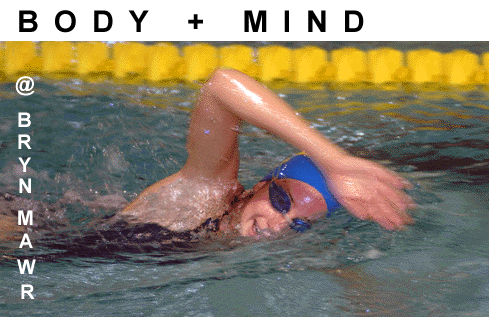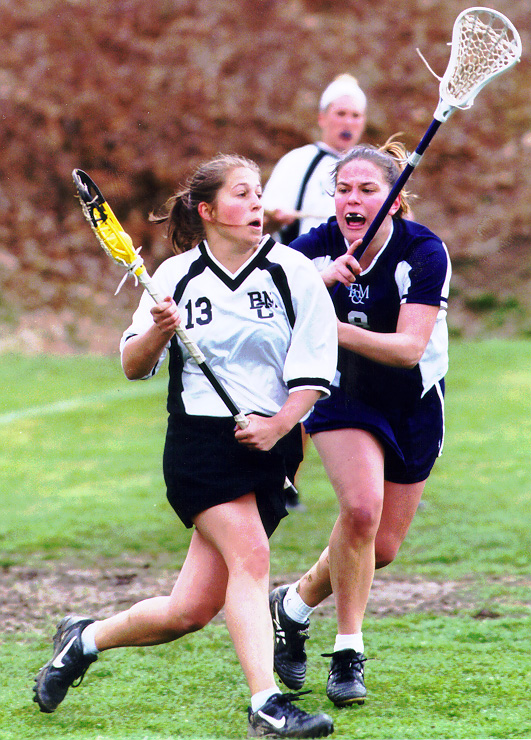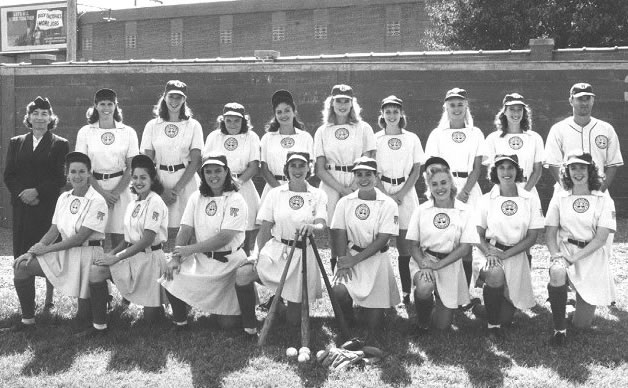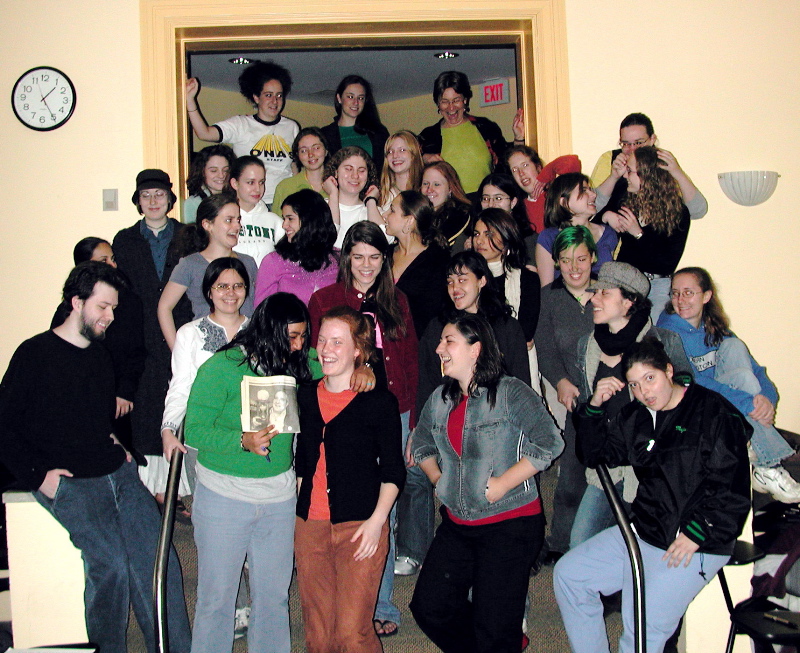Additional "balls" tossed back, both during the talk and afterwards
(for which, to all, many thanks):
- Consider a different way of conceiving what happens in the classroom: it is the place where one learns the rules of the game, gets experience in practicing playing with them--to put to whatever use one wants. Key here is less the playful back-and-forthness I was emphasizing, more the experience of repeated practice.
- Beware valorizing competitive sports over synchronized swimming: the latter is actually more demanding. (It doesn't matter how you look when you do a layup for a basket, only whether you get the ball in; in synchronized sports, you have to pay attention to many more details of style and performance.)
- Is the classroom a zero-sum game, with professors as winners? Or students who earn 4.0's as the winners?
- Let's explore more the distinction between team sports and those focused on individual performance. Is there a gender difference here (with guys being more invested in teamwork)? Is that difference a result of the "Quaker culture" of Haverford, vs. the "distinguished women" culture of Bryn Mawr? If the Bryn Mawr culture is more focused on individual performance, might this be a reason to highlight the sports teams--as providing a different model of collaboration?
- Students testified that "what kind of game is being played" depends on the context of a particular classroom: how large it is, how advanced, how invested one might be in a particular discipline.
- The pleasures of golf include an intellectual dimension: observing how the ball "interacts with its environment."
- Calling shy or quiet students "selfish" (for refusing to participate in classroom give-and-take) neglects individual variety in pacing: some speak more quickly, others more slowly, and the game needs to be paced so that all can participate.
- Let's think together some more about the relationship of mind and body: what might be important in the college context is not only the relationship of moving to thinking (that is, of physical to intellectual "movement": a calm mind in a calm body; an excited mind in a wound-up body), but also the relation between emotion and reason, between feeling and thinking.
- Let's think, too, about the different kinds of collaborative work-and-play we engage in: for example, is the collaboration of scientists mostly hierarchical (w/ one person dictating what others need to do?) Might we imagine some more lateral sort of interchange?
- See The Swim Test for an on-line account of the origins of the legend common to many colleges that swim tests were mandated by a wealthy benefactor whose own child had drowned.
- Did you get lost in the center part of this talk? Was that a distracting--or an essential--part of the game we were playing together?
- Here's a great alternative image:
"in order to swim efficiently, you shouldn't keep your head above water....At the end of your talk, I wanted to bring up this
image, of putting the 'mind' down or forcing the 'mind' to become
immersed and allowing the body to float. In other words, the
hydrodynamics of swimming... demands undoing the instinctive keeping our
heads above water....swimming is particular in this way: there's something
about the whole immersive/absorptive environment of the water that
allows for the body to better lead the mind. If you did think to lift
your head above water, you'd come to a halt. So, here's to...keeping our heads *below* water!"
|

















